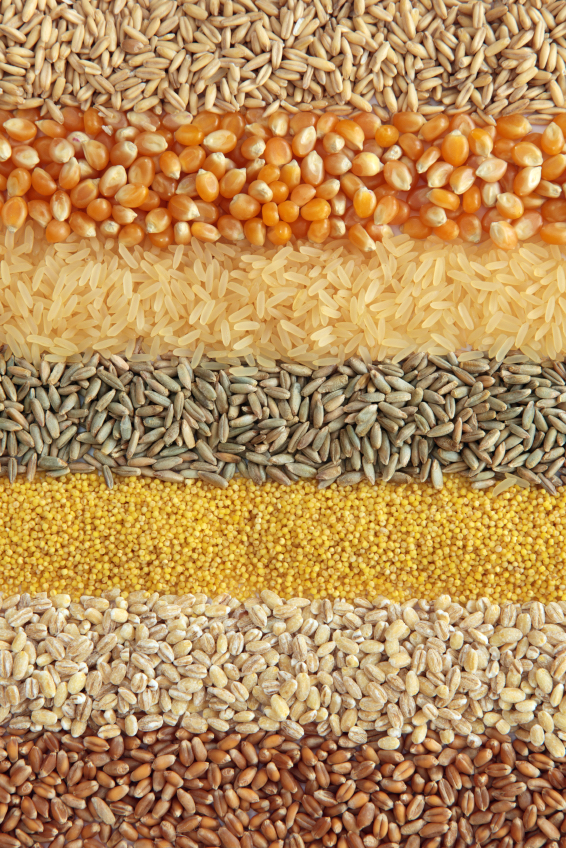
Most of us know we should take time out from our busy schedules to rest and recharge.
Unfortunately, when I advise clients to schedule breaks on their calendar they often admit they have a tough time doing so without feeling guilty. They describe a “nagging” feeling that occurs during this private time. Thoughts like they should be spending time with their kids, taking that next CEC course, doing things around the house, serving their church, or working will continually cross their mind robbing them of the relaxation they so desperately need.
The truth is if you don’t take time to rest and recharge you will eventually burn out. I know this because it happened to me in the early 2000’s. I had overworked and overtrained my body so hard that I was limping to the bathroom, depressed, having panic attacks, and completely burnt out. By the grace of God, my mind, body, and spirit were healed and I learned how to create balance in my life.
One of the moments that inspired me to maintain healthy boundaries happened on an airplane. We were getting ready to take off (I was traveling twice a month for business back then) and I was watching the safety demo that the flight attendants perform. I fly Southwest as often as I can, and the flight crew can be pretty entertaining when they announce the safety instructions.
It wasn’t the humor that stood out this time. When the flight attendants told us to make sure we put on our own oxygen mask first before assisting others, it clicked for me. It was a perfect lifestyle analogy! If you can’t breathe yourself you will not be able to help others for very long and they will be left stranded without you. This has become a simple, yet powerful reminder for me to create healthy balance in my own life so that when I am serving others I can give it all I’ve got.
Another example of this is professional athletes. They fully understand that they must have a well designed program with the right amount of training, stretching, eating right, and resting in order to perform at the top of their game. If they play a team sport, other players are counting on them to be at the top of their game as well.
Whether it’s your family, friends, coworkers, church, a non-profit you support or anything else I haven’t mentioned, most of us are part of a team that depends on us. For this reason alone, you should never feel guilty about taking time out to recharge your batteries. That includes hiring a babysitter if you have children.
Resting and recharging are super personal. Some people need to be alone doing things like reading a book, watching Netflix, napping, or sitting outdoors. Others restore by spending time with their spouses, friends, and/or pets. What’s most important is to choose restorative activities that help you feel rejuvenated, not taxed. For example, a day on the beach with my husband and dogs is one of the most relaxing and restorative things I can do for myself. A combination of lounging, playful exercise, and admiring God’s amazing creation makes for a perfect day. Your idea of rest and relaxation may look completely different!
Today I encourage you to think about activities that help you restore your heart, mind, and body. Make it a point to schedule rest time weekly on your calendar and treat it like a doctor’s appointment. A whole day is great, but if your time is limited, two to four hours can make a huge difference in your life.
And remember, if those guilty thoughts try to interrupt your restorative time, simply say to yourself “I am taking care of me in order to be a blessing to others.” Then, tell those guilty thoughts to take a hike!
Do you have a question to ask, or comment to share? Please leave them below. I love to hear from you and I am here to help!
With love,
Jennifer Ledford







